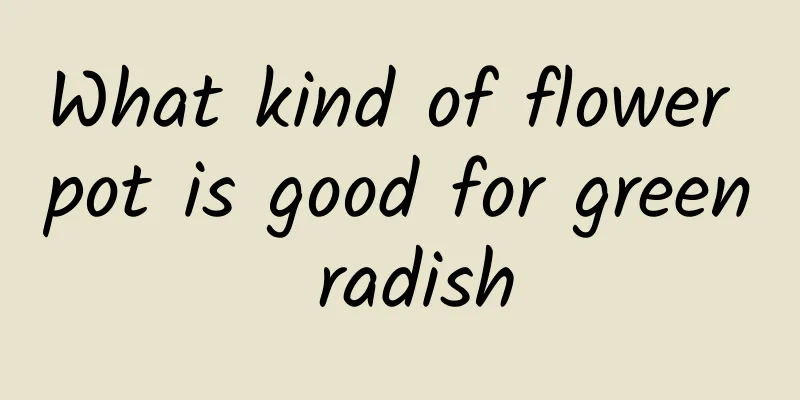The Flower Language and Events of Millettia reticulata

Millettia floweringChicken blood vine usually blooms from May to June every year, with clusters of flowers. The flower shape is similar to wisteria, like a bunch of purple butterflies gathered together, which is very beautiful. The flower language of MillettiaThe flower language of Millettia reticulata is steadfastness and nobility. The beautiful chicken blood vine always blooms in large bunches and is extremely lush. When it climbs all over the flower stand, it brings people not only the enjoyment of beauty, but also the admiration of beauty. Literature traces of Millettia reticulataThe most important thing about Millettia reticulata is its medicinal value. Since a long time ago, it has been a medicinal material with multiple uses. Therefore, Millettia reticulata appears in many medical documents. Including various pharmacopoeias such as "Supplement to Compendium of Materia Medica", "New Compendium of Materia Medica", "Illustrated Catalogue of Plant Names and Realities", "Hunan Materia Medica", etc., which also record the various medicinal effects of Millettia reticulata and give people some tips. Enjoy the flowering of Millettia spatholobiA bunch of flowers stretched out from the green leaves, some of which had already bloomed, and some had not yet bloomed, one bunch after another, facing the sky, as if announcing to the world that it had arrived~ Through the camera, the beautiful moment of the flower blooming was recorded forever. The purple and black petals seem to say that the feelings of the chicken blood vine are so rich, warm and deep that people can't help but sigh. A bunch of flower branches, dotted with countless small flowers, look like little butterflies, which is very cute. Many people say that this flower looks so much like wisteria and locust flowers. I would like to ask, why does this flower look so much like the flower of green beans? ! Looking closely, the flower stalks of this chicken blood vine are so cute. The ones that have bloomed look like butterflies waiting to fly, and the ones that haven’t bloomed look shy and timid! ! |
<<: How to eat Sophora japonica flowers
>>: The Flower Language and Legend of Dutch Chrysanthemum
Recommend
How to change the soil of old winter beauty stump and what is the time and method of changing the soil
How to change the soil of old winter beauty stump...
How to repot and prune the roots of roses
Steps for repotting and root pruning of roses Rem...
Does bougainvillea shed its leaves in winter?
1. Whether the leaves fall Whether it will shed i...
How to eat hairy lychee, pictures of hairy lychee
1. Introduction Hairy lychee, also known as rambu...
Can peanut shells be used as flower soil?
Can peanut shells be used as flower soil? Peanut ...
Top Ten Auspicious Flowers in the Garden
1. Lucky Bamboo The lucky bamboo plant is slender...
What is the best fertilizer for blue snow flower?
Fertilization time for blue snow flower During th...
Several flowers that are more likely to bloom more easily when exposed to the sun
1. Vinca roseus Catharanthus roseus likes sunshin...
What to do if the leaves of the transit tree turn yellow
1. Stop fertilizing (1) Specific reasons: This as...
How to prune a small fortune tree
1. Pruning time It enters a period of vigorous gr...
How to water spoon lip orchid
1. About the proportion and frequency of watering...
The efficacy and function of taro
The efficacy and function of taro Taro is rich in...
Is it good to cultivate fish in water with Chinese evergreen?
1. Is it good to raise fish? There is no problem ...
Can preserved egg shells be used as flower fertilizer?
Preserved egg shells as flower fertilizer Preserv...
What is the best month to plant rosemary?
When to plant rosemary Rosemary is generally prop...









